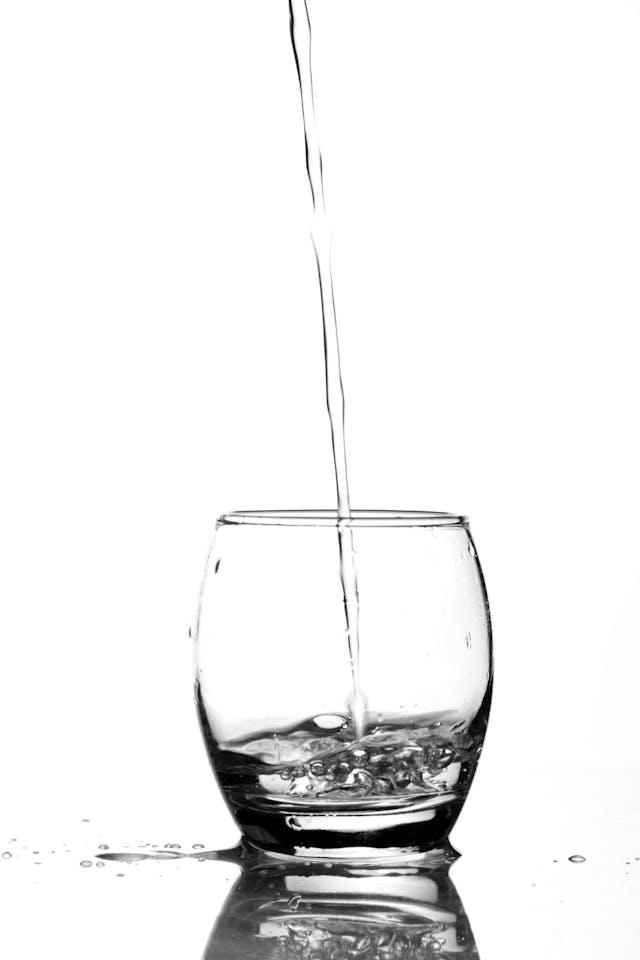 Let’s explore the causes, symptoms, and treatment options for managing overactive bladder. Overactive bladder (OAB) is a condition characterized by a frequent and sudden urge to urinate, which can be difficult to control. This condition can significantly impact a person’s quality of life, but there are various strategies and treatments available to manage symptoms effectively.
Let’s explore the causes, symptoms, and treatment options for managing overactive bladder. Overactive bladder (OAB) is a condition characterized by a frequent and sudden urge to urinate, which can be difficult to control. This condition can significantly impact a person’s quality of life, but there are various strategies and treatments available to manage symptoms effectively.
Understanding Overactive Bladder
Overactive bladder involves a combination of symptoms that often include a sudden urge to urinate, frequent urination, and, in some cases, urge incontinence (leakage following a sudden urge). The condition can affect anyone but is more common in older adults.
Causes of Overactive Bladder
The exact cause of OAB is not always clear, but several factors can contribute to the condition, including:
- Neurological Disorders: Conditions such as Parkinson’s disease, multiple sclerosis, and stroke can affect the nerves that control bladder function.
- Medications: Diuretics and certain medications can increase urine production or affect bladder function.
- Urinary Tract Infections (UTIs): Infections can irritate the bladder and cause symptoms similar to OAB.
- Lifestyle Factors: High fluid intake, consumption of caffeine or alcohol, and certain dietary choices can exacerbate symptoms.
Symptoms of Overactive Bladder
OAB is characterized by several key symptoms:
- Urgency: A sudden and intense urge to urinate that is difficult to control.
- Frequency: Urinating more than eight times in a 24-hour period.
- Nocturia: Waking up more than once during the night to urinate.
- Urge Incontinence: Involuntary loss of urine immediately after an urgent need to urinate.
Managing Overactive Bladder
There are several approaches to managing OAB, ranging from lifestyle changes to medical treatments.
Lifestyle and Behavioral Changes
Making certain lifestyle adjustments can help manage the symptoms of OAB:
- Bladder Training: Gradually increase the time between urinating to train your bladder to hold more urine.
- Dietary Modifications: Reduce or eliminate caffeine, alcohol, and spicy foods, which can irritate the bladder.
- Fluid Management: Monitor fluid intake to avoid drinking too much or too little, and distribute fluid intake evenly throughout the day.
- Pelvic Floor Exercises: Strengthening the pelvic floor muscles through exercises such as Kegels can help improve bladder control.
Medications
Medications can be prescribed to help relax the bladder and reduce symptoms of OAB:
- Anticholinergics: These medications help relax the bladder muscle and increase bladder capacity. Examples include oxybutynin and tolterodine.
- Beta-3 Agonists: Medications like mirabegron help relax the bladder muscle and increase its storage capacity.
- Botox Injections: Botox can be injected into the bladder muscle to help reduce symptoms for several months.
Surgical Treatments
In severe cases, surgical options may be considered:
- Nerve Stimulation: Procedures such as sacral neuromodulation or tibial nerve stimulation can help regulate bladder function.
- Bladder Augmentation: A procedure to increase the bladder’s capacity by using a piece of the intestine.
Managing Overactive Bladder: Conclusion
Managing overactive bladder involves a combination of lifestyle changes, medications, and potentially surgical interventions. Understanding the causes and symptoms is the first step in seeking effective treatment.
For personalized care and advanced treatment options, consult with Dr. Yaniv Larish at Fifth Avenue Urology. Dr. Larish specializes in treating urological conditions, including overactive bladder, with a comprehensive approach tailored to each patient’s needs.
Yaniv Larish MD
212-675-3186
